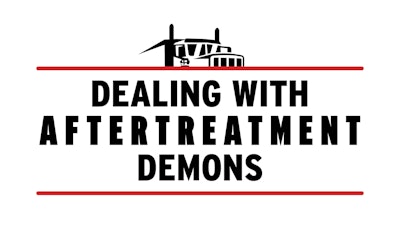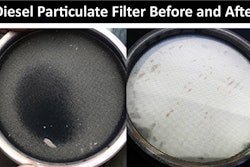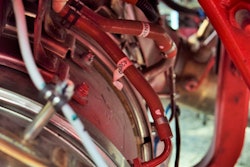There's good likelihood you know how the story goes. Code says a sensor is malfunctioning? Replace the sensor. Two weeks or two days later, same code, same sensor. Previous shop must have passed a bad part or otherwise messed up the install. Replace again, and hey, why don't we try X or Y until, some weeks later, as happened in the story of owner-operator John Osinga that my colleague Gary Buchs told earlier this year at Overdrive Extra, visual inspection reveals a mechanical issue. Turns out what seemed like a sensor malfunction wasn't really that at all.
Hundreds or thousands of dollars later, eureka moments like these are cold comfort. Owner-operators who've experienced them like as not look back and wonder what they could have done differently to spur enterprising (or not so enterprising) mechanics toward an accurate diagnosis and repair the first time around. There's a lot to be said for picking your maintenance partners wisely, but there's more to it, too.
On today's edition of Overdrive Radio, a wide-ranging discussion intended in part to pick the brains of two diesel pros on these issues -- Bruce Mallinson of Pittsburgh Power and Gray's Garage owner Jeff Gray, both men with a wide breadth of experience that spans the evolution from purely mechanical engines through electronic controls and, now, increasingly complicated emissions controls. Much of the discussion is a re-air for the podcast audience of our live online broadcast Q&A held May 20, hosted by me and Buchs. Subjects range from the basic importance of fuel-filter changes to Pittsburgh Power's Max Mileage Fuel Borne Catalyst fuel treatment to ways to mitigate condensation in the exhaust system, exhaust leaks, phantom codes and much more. Take a listen:









